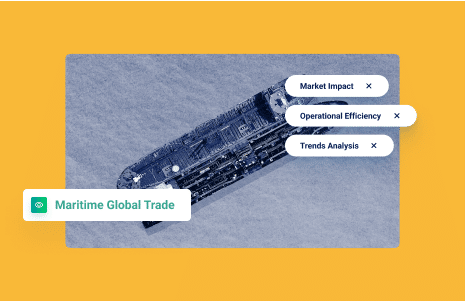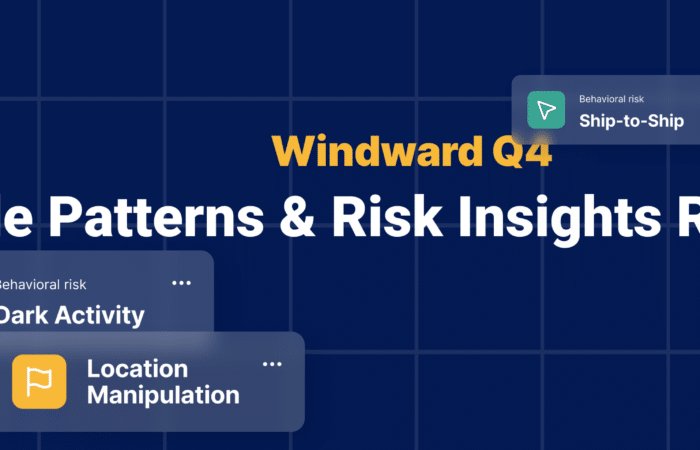What’s inside?
Pegasus is a horse with the ability to fly, according to Greek mythology. Pegas is a Russian-affiliated vessel that was grounded in April as part of new EU sanctions against Russia and just had its oil cargo seized by the U.S.
The vessel was assumed to be carrying Russian oil and to be controlled by the Russian bank Promsvyazbank (PSB), back in April. A few days after the story broke, Greek authorities released the ship. They claimed they could not detain it according to official EU sanctions, but they turned away the vessel due to the newly emerged “moral sanctions” led by market entities.
Meanwhile, the ship was stranded near Greek waters due to mechanical issues and the watchdog group United Against Nuclear Iran (UANI) suspected the vessel was actually carrying sanctioned Iranian oil. This led the U.S. government to seize the sanctioned Iranian crude oil from the vessel in Greek waters this week.
To better understand the connection between this vessel and Iran – as well as the factors that flag a ship, its cargo, and ownership as suspicious – let’s dive deeper.
Suspicious names and locations
The crude oil tanker Perun arrived at the Khor Fakkan “C,” a port waiting area in the UAE, on June 10, 2021, and anchored there until July 1. During this period, it changed its name from “Perun” to “Pegas.” Shortly after, the ship loitered in several port waiting areas in the UAE until it departed to its newly transmitted destination, Basra, Iraq, on July 11.

The vessel’s reported ETA to Iraq was July 13, according to its AIS data, but it was drifting in the Imam Khomeini (Iran) port waiting area between July 13 and July 31.
This anomalous drifting activity was followed by 18 days of dark activity (disabled AIS transmissions) that began approximately 25 nautical miles west of Kharg Island, Iran. This is one of Iran’s main oil loading points.

On August 19, the vessel resumed AIS transmission in Omani water. Shortly afterwards, it reported a draft change from 8.2m to 14.7m – indicating that it likely loaded cargo while the vessel was dark.
The ship then proceeded towards Sohar (Oman) and back to Khor Fakkan. On August 22, 2021, Pegas departed the Hormuz Strait and began its journey towards Turkey and Greece, where it was eventually detained by Greek authorities in mid-April 2022.

Similar, suspicious patterns
Vessel behavior is just one angle of this story. Pegas (now called “Lana”) is owned by the sanctioned Russian company Psb Leasing Llc (not the bank, as originally suspected). This company owns a total of six vessels, including Inda (formerly known as “Linda”), which was also on UANI’s radar for being suspected of Iranian oil smuggling. Inda was flagged by Windward’s platform as a high risk vessel in January 2021, for a flagged GNSS manipulation event near Malaysia (a known hub for transferring Iranian crude).

Windward’s analysis clearly shows similarities in the behavioral patterns of the Inda and Pegas.
The writing was on the wall
Pegas’ (now Lana’s) change of identity, quickly followed by long lasting dark activity in the Gulf in July/August last year, indicates a ship trying to conceal its identity prior to illicit behavior. This is combined with the fact that the ship is owned by a sanctioned company that already has a vessel in its fleet that was acting similarly (and that tampered with its AIS location to transfer sanctioned cargo). Pegas has both the behavioral indicators and ownership/management links to suggest involvement in sanctions evasion.



